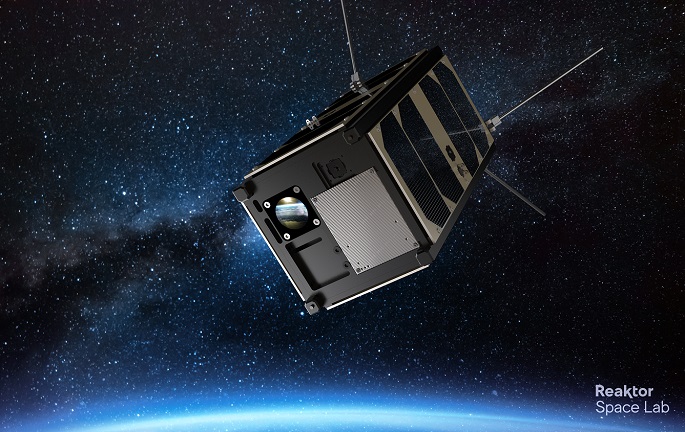Finland's nanosatellite sends climate monitoring solution
Published : 22 Dec 2018, 21:27
Updated : 22 Dec 2018, 21:33
Finland has launched a nanosatellite equipped with the world's smallest hyperspectral imager and thus provides revolutionary solution for monitoring the effects of global climate change, according to Finnish Technical Research Center VTT.
The nanosatellite, named Reaktor Hello World, was launched into space on Nov. 29 by the Finnish space technology startup Reaktor Space Lab, and took its first images on Dec. 2 over the Sahara desert.
The image above Sahara "shows how the water content of an area can be determined and mapped based on infrared spectral image data," said Antti Näsilä, senior scientist at VTT, in a press release.
"This type of information could prove crucial for areas fighting drought or forest fires, both of which are becoming more common with the changing climate," added Näsilä.
The abundant data collected based on infrared imaging can be used to recognize ground targets and analyze the features related to the presence of chemicals like fertilizers, biomass content or rock species. Hyperspectral imagers can also monitor vegetation health and the composition of greenhouse gases.
"This new technology will allow us to react to global environmental changes in near real time. That opens up many new business opportunities as well as ways to combat climate change," said Tuomas Tikka, CEO of Reaktor Space Lab.
In the past, hyperspectral imaging that simultaneously collects the optical spectrum at each point in an image was suitable only for larger satellites, which have critical restrictions, for example, a single satellite provides new data only when passing over a specific location and produces new images on several-day intervals, said VTT.
Nanosatellites weighing only a couple of kilograms can form cost-efficient constellations. With the help of the new Finnish imaging technology, nanosatellites are now able to collect nearly real-time data on the state of the planet.
In the future, nanosatellite constellations may "provide, for instance, concurring updates about the severity of the droughts in each neighborhood in California,"said Näsilä.
The term nanosatellite is applied to a satellite weighing under 10 kilograms. So far the U.S., Russia, Israel and Finland have launched nanosatellites to the space, according to media reports. Nanosatellites can be used in meteorology, transportation, communications, agriculture, military and many other fields.


